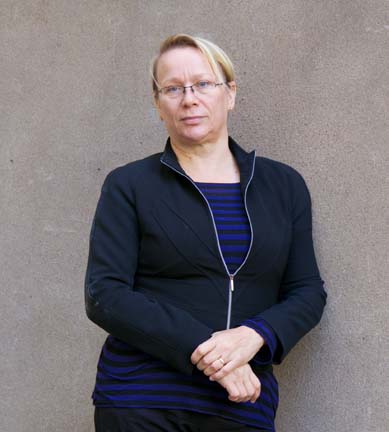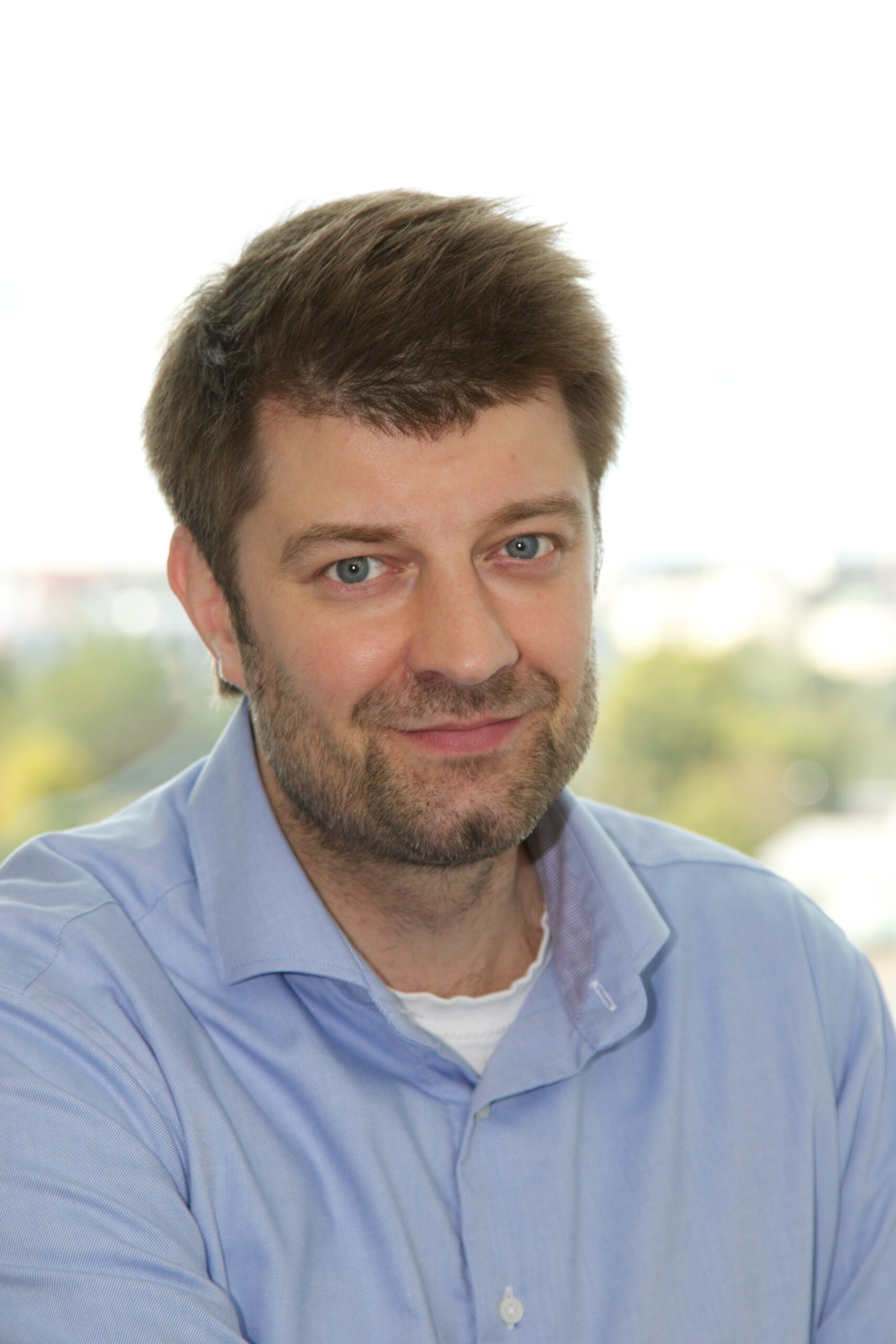City Development and Cultural Policy
Results from EspooCult Research
The EspooCult research project carried out in 2017–2020 was a multifaceted expedition into the culture of Finland’s second largest city, Espoo. In this final report we examine cultural activities and cultural policies in the city of Espoo. Our focus is especially on the role of culture in the city’s policies and development.
Conclusions
1. Expectations are placed on culture at strategic level, but in practice its role is still largely unrecognized
In the city’s strategy art and culture are significant especially in enhancing the city’s vibrancy and competitiveness and the inclusion of all residents. The cultural programme of the city opens and identifies more broadly perspectives to the role of culture in the city’s development. The definitions of the goals, measures and responsible parties are however in many respects unclear, which threatens to reduce the programme to a barrel of wishes. The strategic documents in many respects still reflect a wide gap between talk and reality.
2. The potential of culture does not come out in the city organization
The attitudes in the City of Espoo towards culture are principally positive. In the city organization outside the Culture Board and the Cultural Unit, the knowledge and competence regarding cultural matters are however lacking. Culture is also easily underrated and juxtaposed. The city’s organizational structure does not at present support cross-administration, which is an essential precondition for culture to be fully included in the holistic development of the city. Although cultural operators are basically seen as good at developing new modes of operation and opening new perspectives, being stuck in old and accustomed ways of operating may stand in the way of putting the full potential of culture to use. Currently a shortage of information and monitoring to support decision making also hinders the implementation and development of practical measures.
3. The diversity of Espoo’s population calls for diverse cultural services, it is also an asset in the development of the city
The population of Espoo keeps rapidly growing and becoming more culturally diverse. The city consists of many kinds of communities, each with their own character. The diversity of people and places is a resource and asset and taking it into account is an important point of departure for the sustainable development of the city. While statistics show that the residents of Espoo attend cultural events and engage in culture in their pastime actively, there are clear differences between the different population groups and communities. Promoting diverse cultural policies that take the distinct characters of the local communities and residents into consideration is one of the major issues for the development of cultural services and activities in Espoo. It requires including diverse perspectives already in the initial stages of development projects and integrating city planning at local community level and resident-oriented approaches more firmly into the city’s administrative and political structures.
Research
Project researchers
-
 Maria Hirvi-Ijäs Senior Researcher, PhD, Associate Professor in Contemporary Art +358 50 463 5575 maria.hirvi-ijas@cupore.fi Profile
Maria Hirvi-Ijäs Senior Researcher, PhD, Associate Professor in Contemporary Art +358 50 463 5575 maria.hirvi-ijas@cupore.fi Profile -

-

-

-

-

-

-

-

-
 Minna Ruusuvirta Senior Researcher, D.Soc.Sc., MEcon. +358 50 326 8014 minna.ruusuvirta@cupore.fi Profile
Minna Ruusuvirta Senior Researcher, D.Soc.Sc., MEcon. +358 50 326 8014 minna.ruusuvirta@cupore.fi Profile -
 Sakarias Sokka Deputy Director, Senior Researcher, Docent in Cultural Policy, D.Soc.Sc., MA +358 50 387 2728 sakarias.sokka@cupore.fi Profile
Sakarias Sokka Deputy Director, Senior Researcher, Docent in Cultural Policy, D.Soc.Sc., MA +358 50 387 2728 sakarias.sokka@cupore.fi Profile